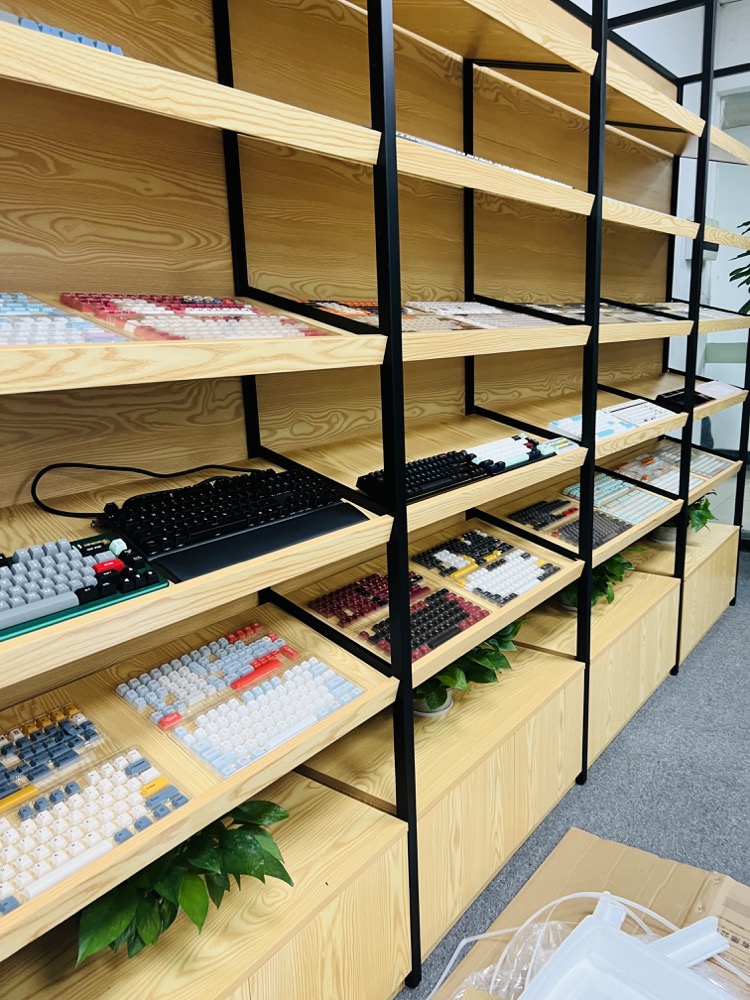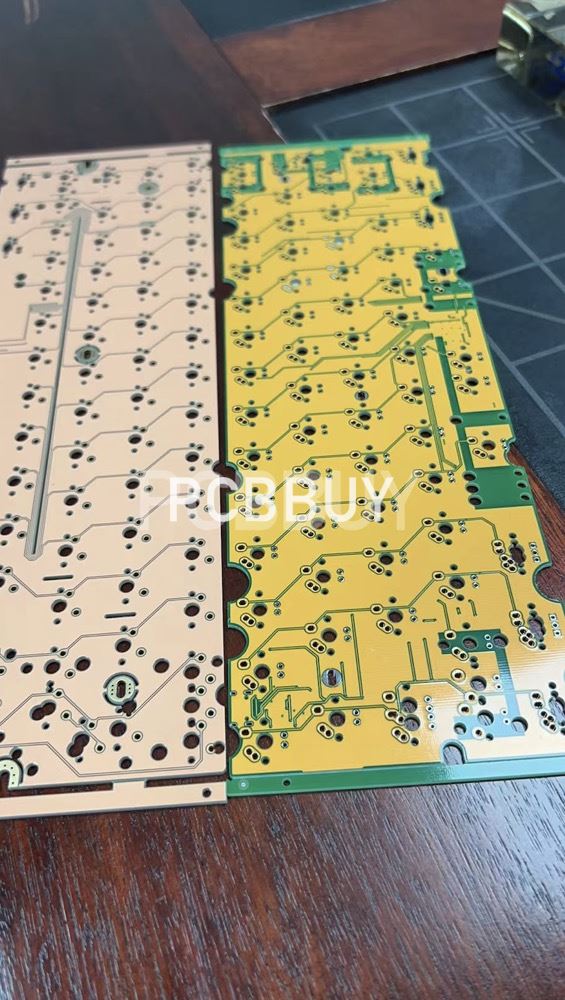how do keyboard pcbs work?
By: 12/25/2023 11:33

As a crucial component of a computer's standard input system, the keyboard's core element is its circuit board. The keyboard circuit board plays a pivotal role in converting signals between key inputs and the computer. This article will delve into the operational principles of the keyboard circuit board, aiming to enhance comprehension of how this vital component achieves efficient and stable signal transmission.

Firstly, understanding the composition of the keyboard circuit board is essential. It primarily comprises keys, a circuit board, and connecting wires. Keys are typically made of plastic or metal, bearing letters, numbers, or symbols. Beneath each key lies a spring providing feedback and restoring the key's position. The circuit board, the keyboard's core, manages input signals from the keys. Connecting wires link the keys to the circuit board, allowing the board to receive corresponding signals when keys are pressed.
To order keyboard circuit boards online, please click here.
In the operation of the keyboard circuit board, when a user presses a key, the key's contact point touches conductive circuits on the board, creating a short circuit. This action activates the respective circuit on the board, generating an electrical signal. This current signal is then transmitted to the main control chip. The main control chip, the core control unit on the keyboard circuit board, manages key scanning and the conversion of input/output signals. It transfers the input signal from the keys to the computer through a communication interface.
On the main control chip, there exists an anti-ghosting mechanism for the keyboard. This mechanism ensures accurate detection of each key when multiple keys are pressed simultaneously, preventing key failures. The anti-ghosting mechanism functions by scanning the status of the key matrix, eliminating instances of simultaneous pressing of multiple keys to ensure precise identification of each key.
In addition to the main control chip and anti-ghosting mechanism, the keyboard circuit board contains auxiliary circuits and components, such as the circuit layer for LED lights. The design and connection of these auxiliary circuits and components need to be coordinated with the main control chip to ensure functional integrity and stability.
In summary, the operational principle of the keyboard circuit board relies on a combination of circuitry and mechanical structures. When a user presses a key, the key's contact point touches the conductive circuits on the board, producing an electrical signal. This signal is transmitted to the main control chip for analysis and processing, then forwarded to the computer via a communication interface. The main control chip collaborates with other auxiliary circuits and components to ensure accurate recognition and transmission of key input signals.
Moreover, to achieve more efficient and stable signal transmission, modern keyboard circuit boards incorporate numerous advanced technologies and designs. For instance, some high-end keyboards employ multi-layer circuit board designs to enhance signal transmission reliability and stability. Others use special materials and manufacturing techniques to improve key feel, feedback, and durability.
In conclusion, the operational principle of the keyboard circuit board involves a complex and precise process. It encompasses the coordinated functioning of multiple components and technologies to ensure users obtain an efficient, stable, and comfortable input experience. With ongoing technological advancements and diverse application needs, we anticipate further innovations and technological applications in the design and manufacturing of keyboard circuit boards, delivering enhanced user experiences.
Industry Category











